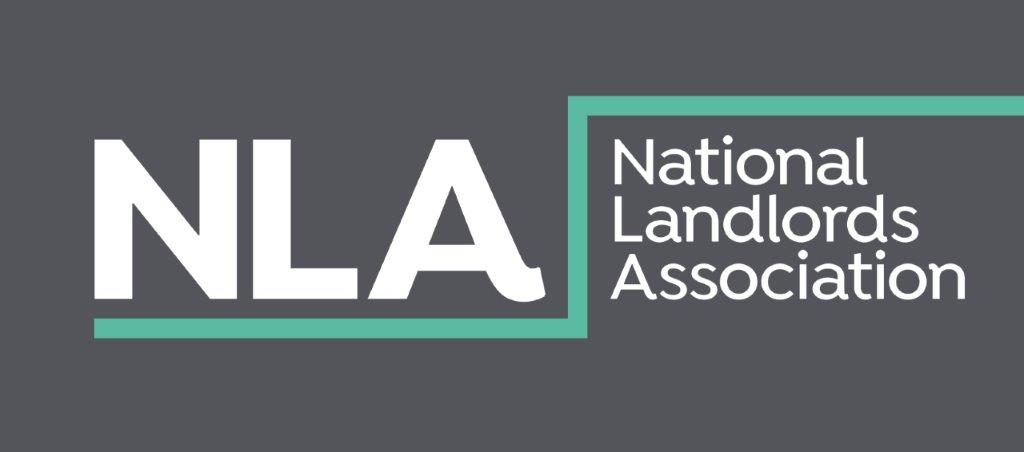
Conveyancing is the word used to describe the process of legally transferring the ownership of property from one person to another. A licensed conveyancer or property solicitor follows a series of standardised steps when taking your property transaction to completion (a conveyancer or solicitor can do the job; the difference is that conveyancers specialise only in conveyancing, whilst a solicitor is likely to have expertise in other areas of the law as well). Whether you are buying or selling a property, it’s advisable to have a conveyancer or solicitor involved.
The conveyancing process usually takes between 8-12 weeks on average, but could take longer or shorter depending on the length of the chain that is involved. For example, if there is a long chain made up of lots of parties that need to sell their own home before being able to complete on the new one, the process can end up taking several months. If buyer and seller are both chain free, the sale could complete in as little as four weeks. Read on to learn about the necessary conveyancing process for buying a property.
Instruct a Property Solicitor
Once you’ve been through the steps of taking out a mortgage and having an offer accepted on a home, it’s time to instruct the services of a conveyancer. The conveyancing process will begin with the conveyancer setting out their terms and conditions and the fixed cost of their services. Once you have formally agreed to them they will verify your identity by asking for a copy of your ID, usually a passport or driving licence. You, or your estate agent, will then exchange the details of your solicitor with that of the seller.
Once contact is made, the seller’s solicitor sends your conveyancer the contract pack. This usually includes title deeds, a draft contract, leasehold management information (if applicable), building guarantees and any planning consents that have already been granted. Also included is a fittings and content form, which stipulates what fixtures and fittings are included in the sale, for example a fitted kitchen. Your conveyancer will carefully review this information and advise you on any potential issues.
The solicitor will advise you to have an independent property survey carried out that will highlight any faults with the property. If the surveyor finds a need for urgent repair works you will have the opportunity to renegotiate the agreed asking price with the seller or for the seller to fix any problems before the sale is completed. At this point you can also pull out of the purchase with no legal ramifications.
Conduct Property Searches
The next stage of the process involves the conveyancer performing a number of property searches. These include:
Local authority searches
These searches are conducted by the local authorities within which the property is built. They provide information about the property, including:
- Where the boundary of the property lies
- Rights of way
- Planning permissions or constraints
- Any disputes about any of the above
Environmental searches
These provide important information and identify potential issues with:
- Subsidence
- Landslides
- Flooding
- Land contamination
Water and drainage searches
These are carried out by the local water board and offer the following information:
- Who owns and is responsible for the maintenance of pipes, drains and sewers
- If the property is connected to a public water supply and sewer
- If the water is paid for via a meter or rates
- If the water board needs to give permission should the property be extended
Entering into the Contract
Once all of the searches have been satisfactorily concluded and the contract pack and mortgage offer evaluated, your conveyancer will arrange a time for you and the seller to enter into a legally binding contract with the seller. This is arranged for a specific date, which is when you agree to complete the purchase of the property. Although it is meant to be a set date, be aware that the completion date may change several times due to delays with the seller, especially if they are purchasing another property.
Once you have agreed this date in principle, your conveyancer will contact the buyer’s solicitor to inform them of your desire to go ahead with the purchase. At this stage you will usually be required to transfer your deposit to your solicitor. If you have used a Help to Buy scheme, you will also be required to pass the details on.
Exchange
When everything is in place, your conveyancer will send you a transfer deed, mortgage deed and final completion statement to sign. This statement will also set out the balance of money that you need to pay to cover all legal fees involved in the sale. A final Land Registry search will be made at this point to ensure that no changes have been made to it since the initial searches took place. Your conveyancer sends the signed transfer deed the seller’s solicitor along with your deposit money, and the contracts are exchanged. Once this stage is reached you are legally bound to purchase the property.
Completion
This is the day that the property is officially yours: the sale is finalised and you receive the keys to your new home. If you are using a mortgage, the solicitor will request the finances from the mortgage lender and they will be transferred. The title deeds, transfer deeds and proof of outstanding payments on the mortgage are obtained by your conveyancer. Once the sale has completed, your conveyancer completes the rest of the necessary paperwork and sends the required documents to Her Majesty’s Land Registry to ensure that you are registered as the new owner of the property.
Conclusion
Although it is possible to buy or sell a property with having a conveyancer involved, it isn’t recommended. There is a large amount of legal work involved with conveyancing and, if you don’t have the necessary expertise, complications can arise that could become very costly and ultimately end in your house sale falling through, or result in serious legal issues. Hiring the services of a conveyancer will make the process much smoother, less stressful and faster.











